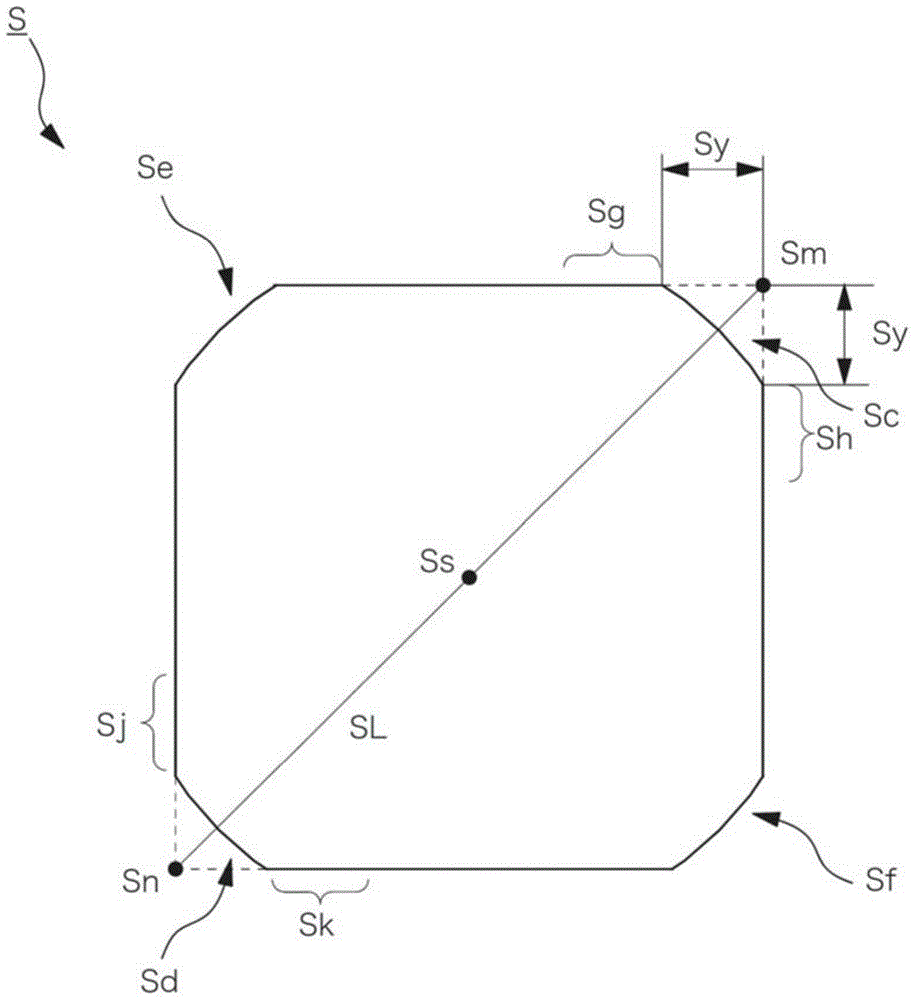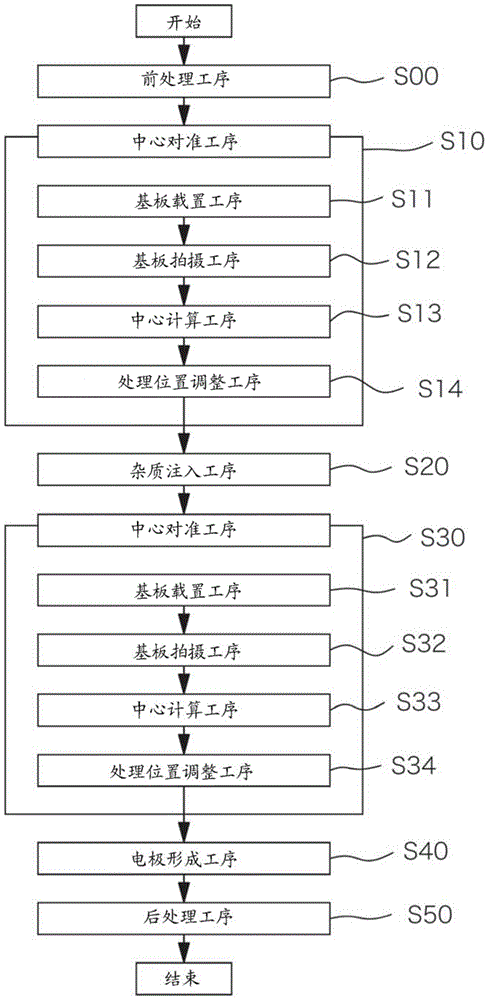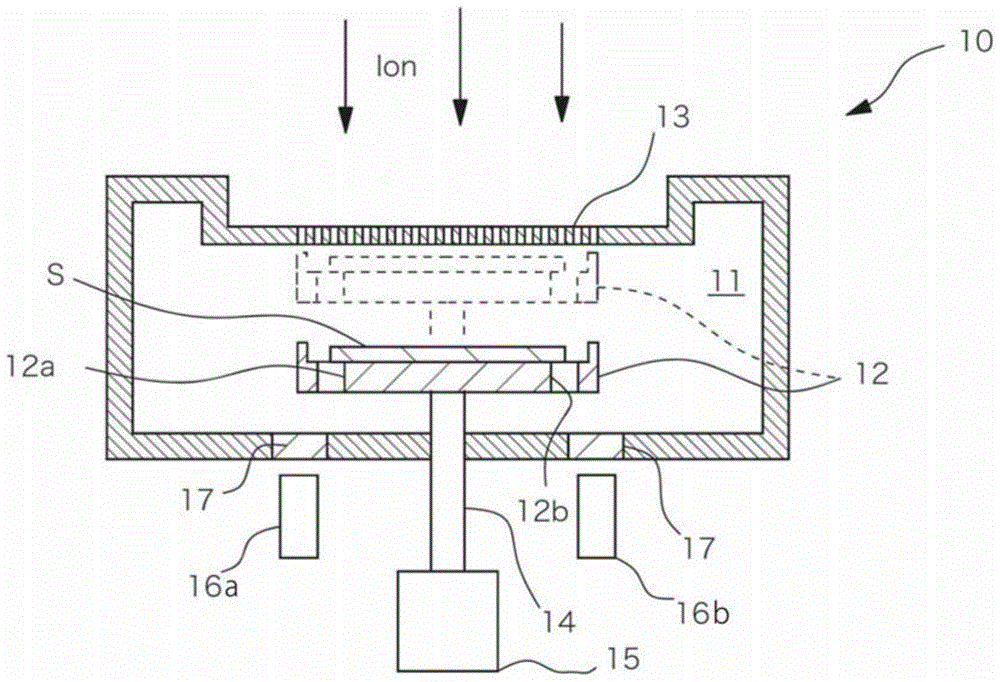Manufacturing method of solar cell and solar cell
A technology for a solar cell and a manufacturing method, applied in the field of solar cells, can solve the problems of increased processes, increased manufacturing costs, different substrates, etc., and achieves the effects of shortening the annealing treatment time, shortening the annealing treatment time, and improving mass productivity.
- Summary
- Abstract
- Description
- Claims
- Application Information
AI Technical Summary
Problems solved by technology
Method used
Image
Examples
Embodiment Construction
[0060] Hereinafter, an embodiment of a method for manufacturing a solar cell according to the present invention will be described with reference to the drawings.
[0061] figure 1 It is a top view showing the solar cell substrate in this embodiment, figure 2 It is a flowchart showing the process in this embodiment.
[0062] In the manufacturing method of the solar cell of the present embodiment, if figure 1 , Figure 7 As shown, as the substrate S, a single-crystal or polycrystalline silicon substrate whose corner-free length Sy is about 20 mm and whose four corners are missing is used. Phosphorus or boron can be introduced into this substrate to make a solar cell of selective emitter structure.
[0063] In addition, in Figure 7 In , for the convenience of describing the overall structure of the solar cell, the uneven texture formed on the outer surface of the solar cell and the film covering the sides other than the light-receiving surface and the opposite back surface...
PUM
 Login to View More
Login to View More Abstract
Description
Claims
Application Information
 Login to View More
Login to View More - R&D
- Intellectual Property
- Life Sciences
- Materials
- Tech Scout
- Unparalleled Data Quality
- Higher Quality Content
- 60% Fewer Hallucinations
Browse by: Latest US Patents, China's latest patents, Technical Efficacy Thesaurus, Application Domain, Technology Topic, Popular Technical Reports.
© 2025 PatSnap. All rights reserved.Legal|Privacy policy|Modern Slavery Act Transparency Statement|Sitemap|About US| Contact US: help@patsnap.com



